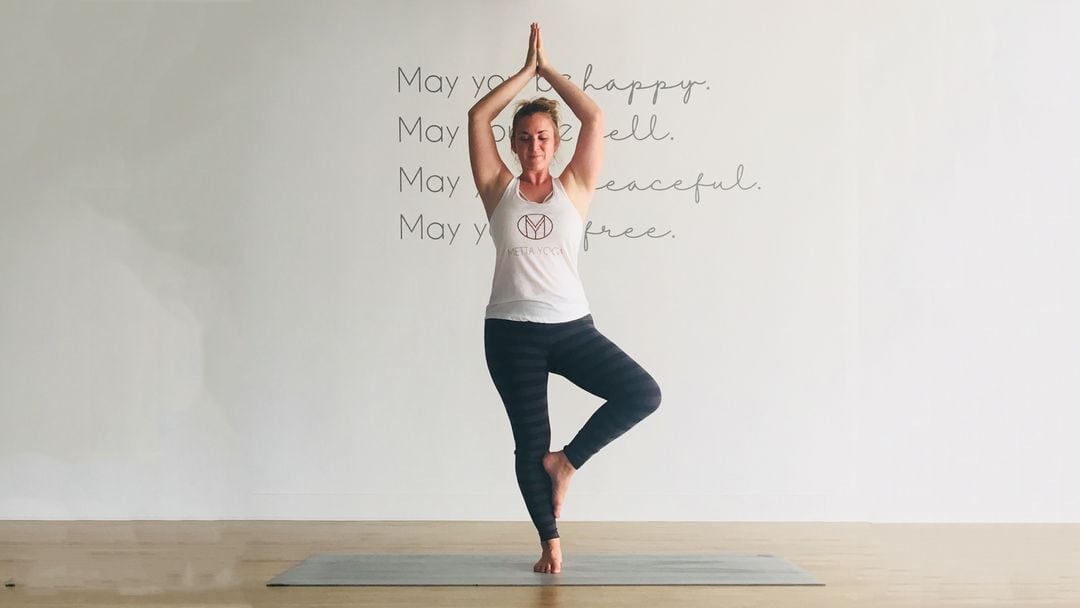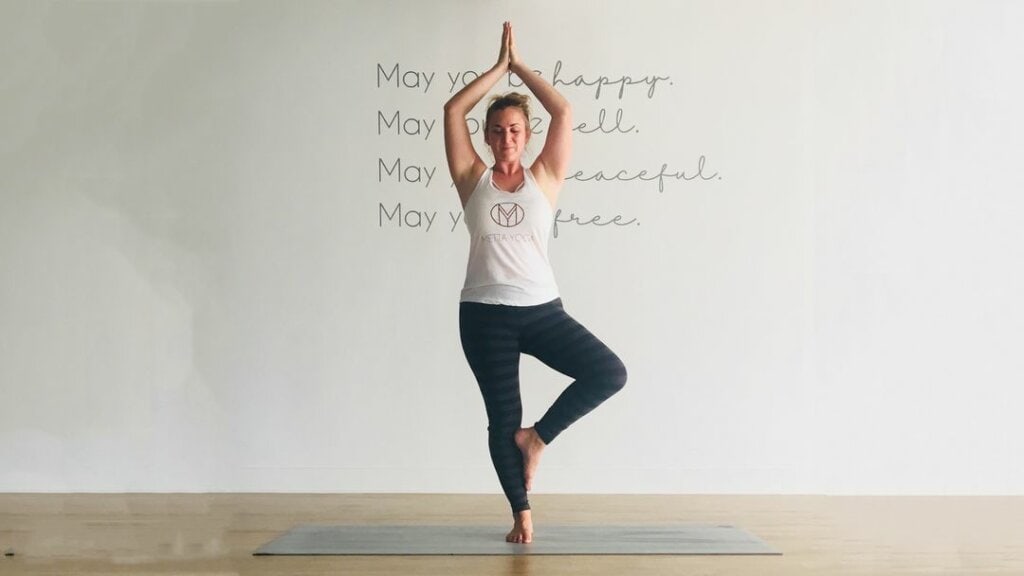Balance is an integral part of maintaining a healthy body for many, many reasons. Physical balance requires core strength, helps us work through residual movement patterns from old injuries and encourages a healthy lifestyle, both externally and internally. Despite this, balance is often a much overlooked element of fitness. So, are you doing it enough?
Here are some key reasons why you should prioritize balance in your practice, starting now.
Balance Builds Strength
Physically practicing balancing helps us maintain core and back strength. When we are threatened with falling over the body instinctively engages muscles on either side to maintain an upright position.You can feel these muscles catch and release when you stand on one leg and are wobbling around.
A great way to accentuate this, and thus improve your balance, is by taking your yoga practice out on a stand up paddleboard! Yoga on paddleboards encourages you to utilize many supportive muscles to maintain your body’s ability to stay on the board. Our natural inclination is to want to not fall into the water, so our bodies work harder to maintain balance.
Balance Lessens Dominant Side Usage
Paddle board yoga also helps yogis with the benefits of another kind of physical balance. While balancing on a board certainly helps us check in with our current ability to balance, it is also great at allowing us to discover areas that we might be favoring in our bodies. In fact it goes one step further in promoting the even use of right versus left muscles.
We all have a dominant side, and it is easy to unknowingly rely on that stronger side in shapes like Wheel, Downward Facing Dog or Plank. On a paddleboard, if you lean into your right arm more than your left in Wheel, you would fall in. As mentioned previously, your body instinctively wants to protect you from this, so it will pick up the slack on the left side and even you out, providing you with, perhaps a less deep Wheel Pose, but a healthier one!
This dominance happens a lot when we have experienced an injury on one side and have developed a fear of using that specific body part. It can be a completely unconscious choice, but it leads to imbalance in muscle usage and an over reliance on one side which can lead to an injury somewhere else.
Balance Encourages Stability
One physical meditation that I give all beginners wanting to groom their stability in balances (and actually, all advancing practitioners needing to practice mind and muscle control!) is to have them take a traditional standing Mountain Pose (straight up) and begin to visualise lifting from the center of the soles of the feet, through the kneecaps, through the thighs and into the hips. Sometimes I will have them touch their ribs to feel them lift up as they pull the belly in and raise through the chest. Next we roll the shoulders up, back and down softly, without releasing the rest of the body. At last pressing the hands tightly together at heart center to secure their knowledge of their own grounded center before using a simple balance like Tree Pose and beginning the visualisation again.
Balance Develops Awareness
Proprioception is a benefit to balancing that involves an awareness of where our body parts are in space, and thus makes us more mindful of what we are doing. This is incredibly important to athletes as it prevents injury! So, yes, practicing physically balancing on one leg, keeps us from injuring ourselves needlessly. We become more careful of where, and how, we move.
In everyday life and as we age, both the awareness and strength benefits that come from a regular balancing practice prevent us from tripping and falling, or not catching our selves.
Yoga is a practice of mindful movement, this is why it is beneficial to athletes. It connects the cognitive mind to the body rather than encouraging the separation of the two. Being able to balance requires a significant amount of mindfulness, spacial awareness and an ability to focus.
Most yoga postures contain an element of balance in some way shape or form. This detail can be harder for someone who has been practicing a long time to determine, but witness a beginner trying to climb into Side Plank, Warrior 2, Pyramid, Horse Pose or even a Yoga Squat. You will clearly see the effort it takes to find balance in these shapes.
Taking this ability for granted happens quickly as we progress in the practice, but as we age the appreciation comes back. Any human over the age of 75 will tell you how much they either, appreciate their ability to balance, or would like more of it.
Balance Is A Form of Meditation
Of course, finding balance in life goes much, much deeper than standing on one leg, but what these yoga shapes can teach us is how to find balance within our mindset.
Tree pose for example is not just named “Tree” randomly- in yoga there is a reason for everything we do! Tree Pose itself encourages a very dreamy, blissful, meditative state for many of us. First we mimic the tree by rooting down and growing from the ground up (as described above), which is very grounding in and of itself. Then once in the shape the swaying motion of finding our balance helps keep us present in our bodies by growing our awareness of where we are in space. This also helps us stay in the mindset of being centered and present. A tree cannot wander around, so when we stand in Tree Pose the challenge is to keep our mindset from wandering too. This is the meditation in every balance- the rest of the world tends to disappear.
Balance Builds Focus
Finding inner balance creates a poised and attuned mind, and a sense of focal clarity. Physically balancing in our yoga practice takes a level of meditation and concentration that quiets the mind and allows for space in our thought processes. This quickly balances out our moods and levels off our mindset. Having a poised mind is vital in cultivating a healthy life and in making choices towards a healthy lifestyle. Like what to eat, who to spend time with, where to spend that time. It is “big picture” kind of stuff!
To improve this quality in your practice we can’t simply stare at an unmoving object without Drishti gaze. We have to be able to witness the object we stare at, and then imagine it has an aura surrounding it, then allow that field to grow and take our gaze with it until the bubble encompasses a huge area. Then we bring it back into center. It’s like blurring your eyes for one of those Magic Eye, psychedelic pictures from the 90’s, where if you stared at it in a certain way you could see a 3D picture of some kind. This focus is called Dharana and Dhyana in yoga and it is a huge part of the practice. Bigger than the postures themselves. It grooms our ability to maintain a happy healthy life beyond the mat.
All that from standing on one leg, or balancing on our side body or hands! Now maybe that Tree Pose will seem even more delicious!
Namaste.



